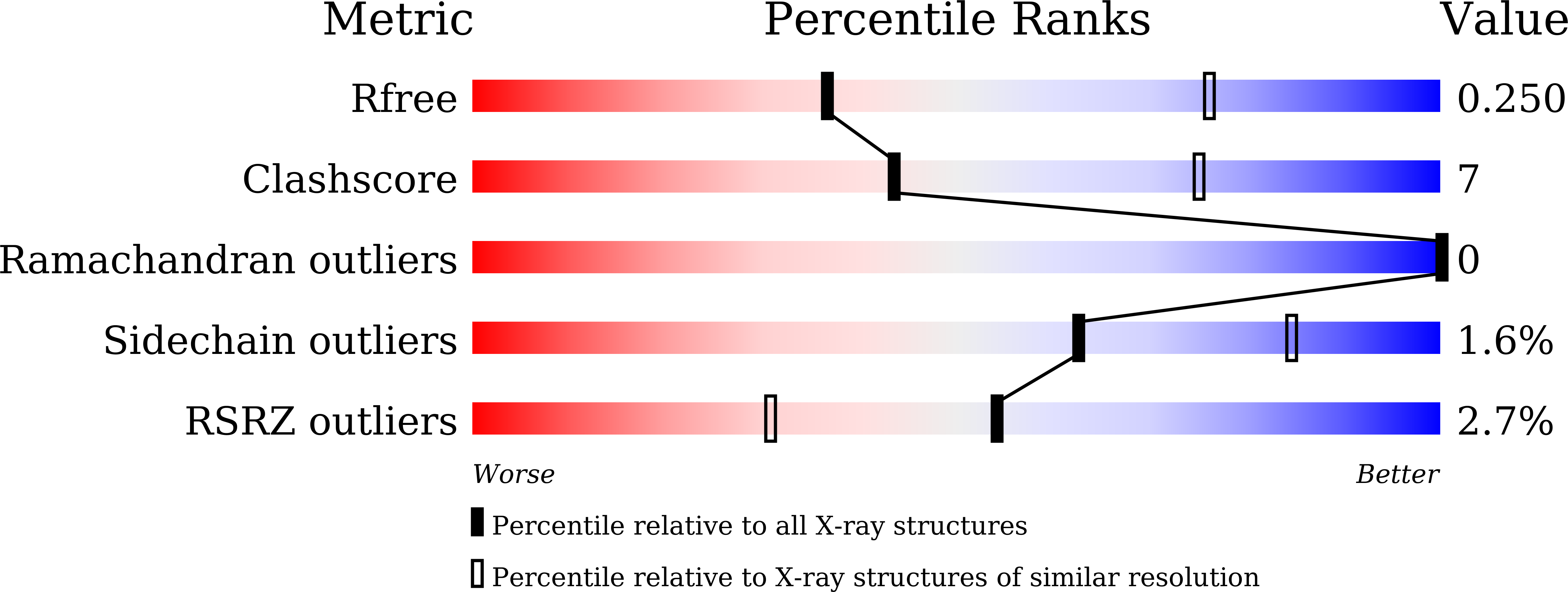
Deposition Date
2020-12-29
Release Date
2021-08-25
Last Version Date
2024-11-13
Entry Detail
PDB ID:
7DRV
Keywords:
Title:
Structural basis of SARS-CoV-2-closely-related bat coronavirus RaTG13 to hACE2
Biological Source:
Source Organism:
Homo sapiens (Taxon ID: 9606)
Bat coronavirus RaTG13 (Taxon ID: 2709072)
Bat coronavirus RaTG13 (Taxon ID: 2709072)
Host Organism:
Method Details:
Experimental Method:
Resolution:
3.09 Å
R-Value Free:
0.25
R-Value Work:
0.22
R-Value Observed:
0.22
Space Group:
P 1 21 1


